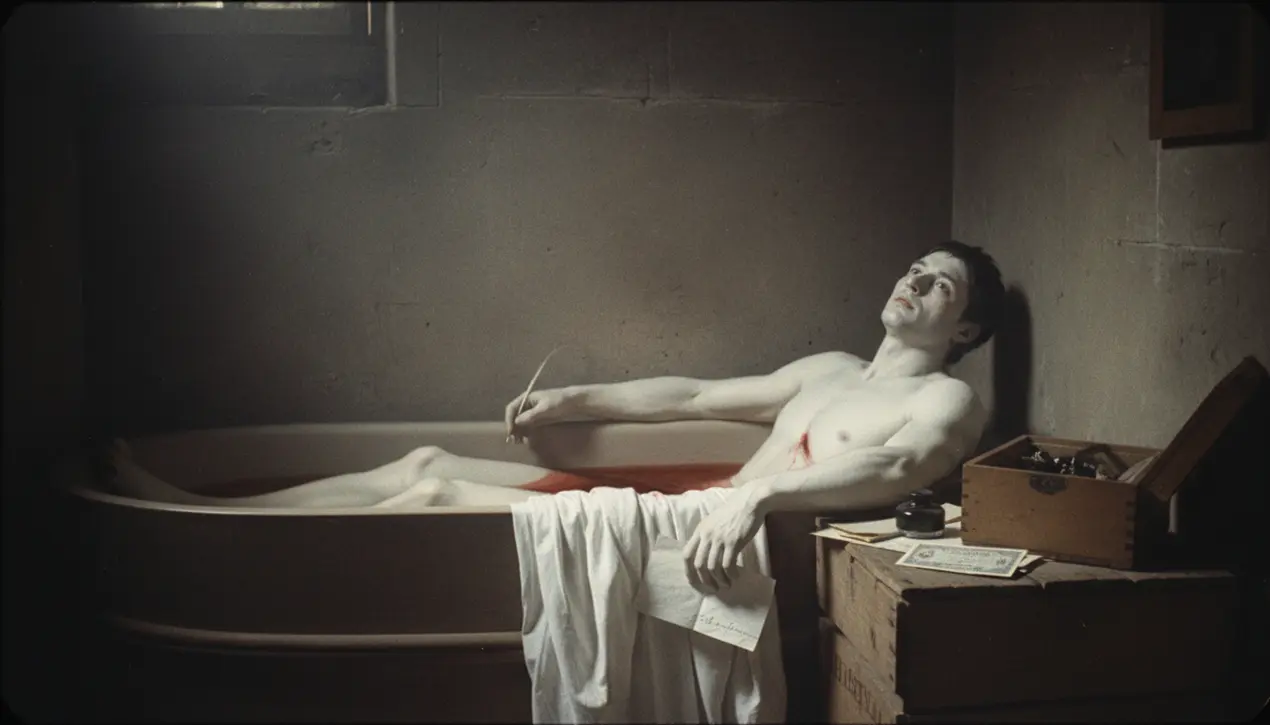
Entertainmenttheatre & artsArt Exhibitions
Jacques-Louis David Knew That Style Is Political
AM
Amanda Lewis
2 hours ago7 min read
Jacques-Louis David understood that a brushstroke could be as revolutionary as a guillotine's fall, a truth nowhere more starkly rendered than in his 1793 masterpiece, 'The Death of Marat. ' This isn't merely a painting; it's a meticulously staged political manifesto, a piece of state propaganda so potent it transcends its canvas.David, the ultimate artist-politician of the French Revolution, transforms the brutal, messy assassination of Jean-Paul Marat—a radical journalist stabbed in his bath by Charlotte Corday—into a secular pietà. He strips the scene of its sordid reality, bathing Marat in a soft, almost divine light, his body slumped in a pose echoing Michelangelo's 'Pietà.' The bloodied knife lies on the floor, a discarded tool of treachery, while in Marat's hand, he clutches not a weapon, but a petition, a quill still poised. David elevates a political murder into a martyrdom, turning a fervent, often vicious revolutionary into a serene, intellectual saint for the new republic.Every compositional choice is a political argument. The sparse, dark background focuses all attention on the martyr, eliminating any distracting context of the cramped, medicinal bath that was the actual setting.The box beside him, inscribed 'For Marat, David,' is a direct dedication, aligning the artist irrevocably with the cause. This was not passive observation; it was active participation.David was the Robespierre of the art world, using a neoclassical style—with its clean lines, moral seriousness, and references to antiquity—to dress radical new ideals in the respectable clothes of old Rome and Greece. His earlier work, 'The Oath of the Horatii,' had already primed the public for this language, equating civic duty with a stark, masculine virtue.But with 'Marat,' he weaponized it. The painting was commissioned by the National Convention and reproduced widely, its image disseminated to fuel revolutionary fervor and justify the ongoing Reign of Terror.It asked viewers not just to feel sorrow, but to feel rage, to see a fallen comrade whose death demanded vengeance. In this single, powerful image, David proved that style is never neutral.The cool, ordered rationality of Neoclassicism became the visual engine of a chaotic and bloody uprising, demonstrating that how you show something is fundamentally tied to what you are asking people to believe. He crafted an icon that has outlasted the revolution itself, a chilling and brilliant reminder that art, in the right hands, is never just art—it's a battle cry.
#Jacques-Louis David
#The Death of Marat
#French Revolution
#Neoclassicism
#Political Art
#Art History
#featured
Stay Informed. Act Smarter.
Get weekly highlights, major headlines, and expert insights — then put your knowledge to work in our live prediction markets.
Comments
Loading comments...
© 2025 Outpoll Service LTD. All rights reserved.